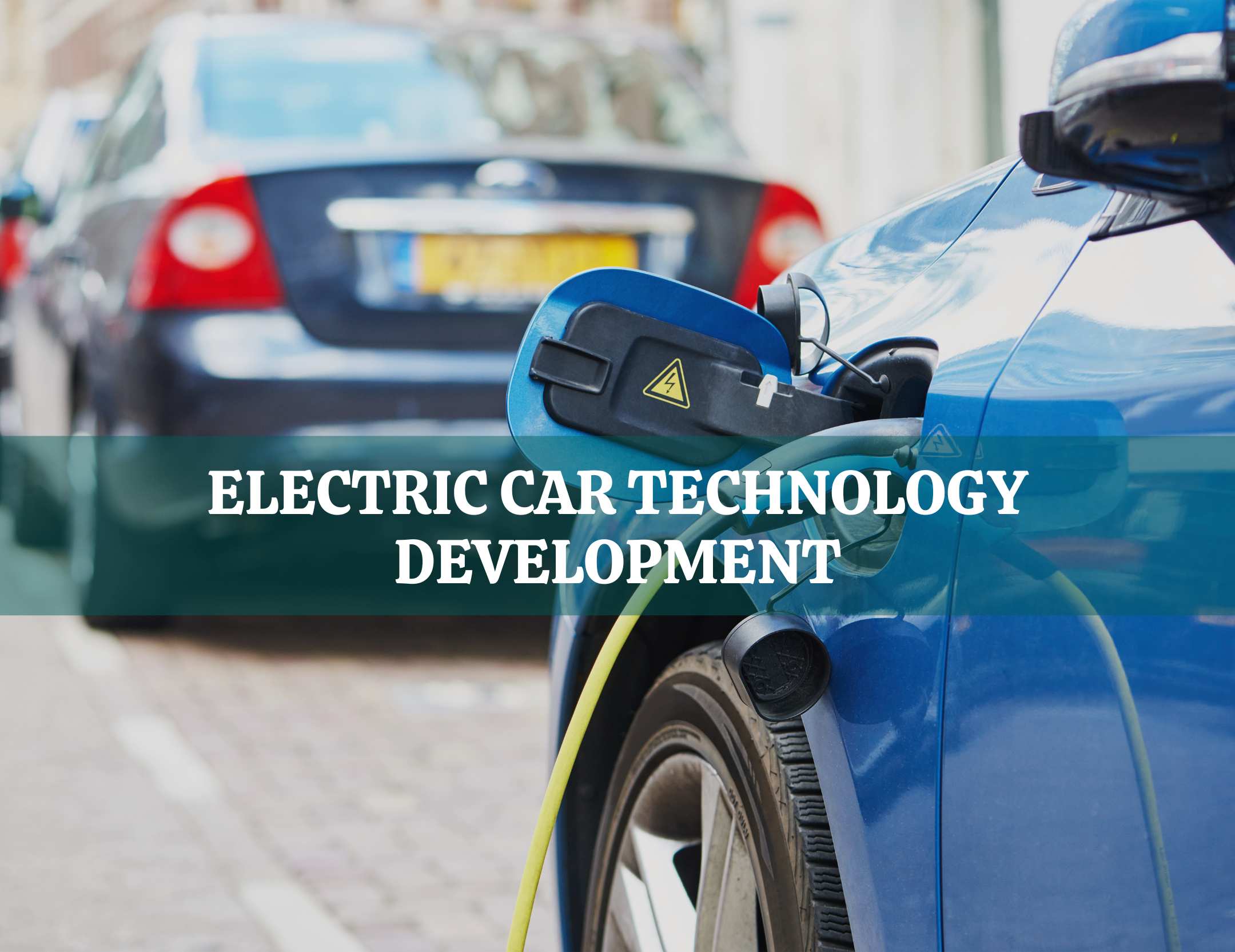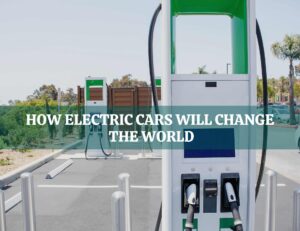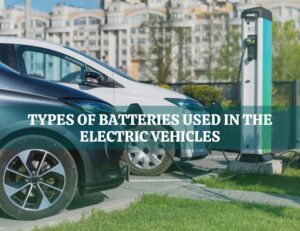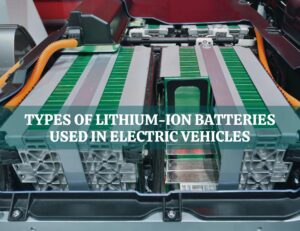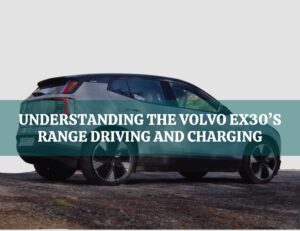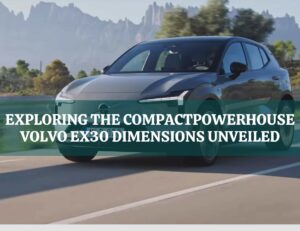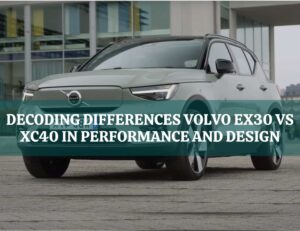Research and industrial progress on the electric car is quite intriguing. Electric car technology and business activities have advanced quickly during the past ten years. Rapid growth enhancement has been seen in the number of research articles, webinars, tutorial courses, and PhD graduates in this subject, as well as in commercial electric vehicle sales and model diversity. In the press and online media, an electric vehicle is also a popular topic.
The development of batteries, energy storage systems, packaging, and chargers still requires a significant amount of research. Still, other related technologies, including Vehicle to X, new motors, and actuators, are now replacing all vehicles’ traditional mechanical and hydraulic systems.
New control strategies and autonomous driving are now being used and developed in most cars due to the need for smart cities and robotic activities. All car businesses have gradually converted their existing models to electric ones. This is a fascinating area for research because of changes in the supporting infrastructure, governmental policies, and standards. Multidisciplinary research is included technology and electrical, electronic, and computer engineering.
The History Of Electric Cars
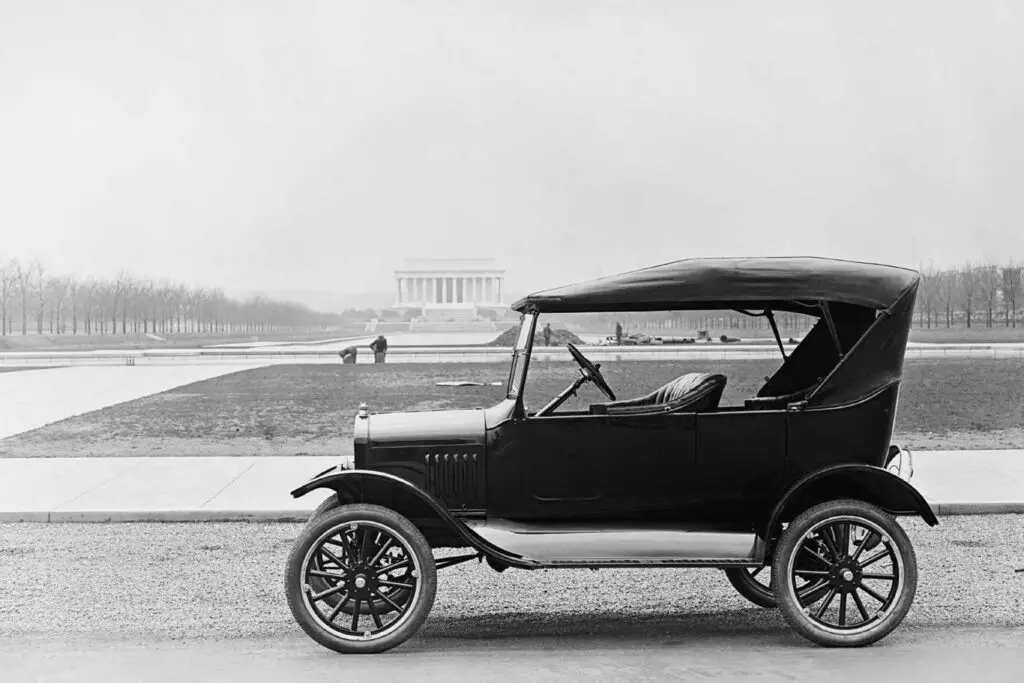
Engineering and automotive pioneers on both sides of the Atlantic developed the first electric vehicles throughout the early 1800s due to technological advances in batteries and motors.
Innovators in the US, UK, the Netherlands, and Hungary focused on combining these scientific advances to create a powered motor vehicle in the 1830s. Despite being contentious, many believe the first small-scale electric cars were made between 1828 and 1832.
According to legend, a British inventor named Robert Anderson presented the first electric vehicle during an industry gathering in 1835. An oil-powered disposable battery turned the wheels of Robert Anderson’s car.
In his quest for electric mobility, Anderson was not acting alone. Model electric automobiles were created at roughly the same time by Dutch scholar Sibrandus Stratingh and Hungarian scientist Nyos Jedlik. The electric engine that gave rise to the first electric car on the other side of the Atlantic is also credited to Thomas Davenport, an American blacksmith-turned-inventor.
They were all essentially electrified cart prototypes with limited range, clumsy handling, and top speeds of only 12 km/h. The first rechargeable lead-acid battery was later developed in the 1860s by French physicist Gaston Plante, representing a vast electric mobility development.
Vehicle Overview
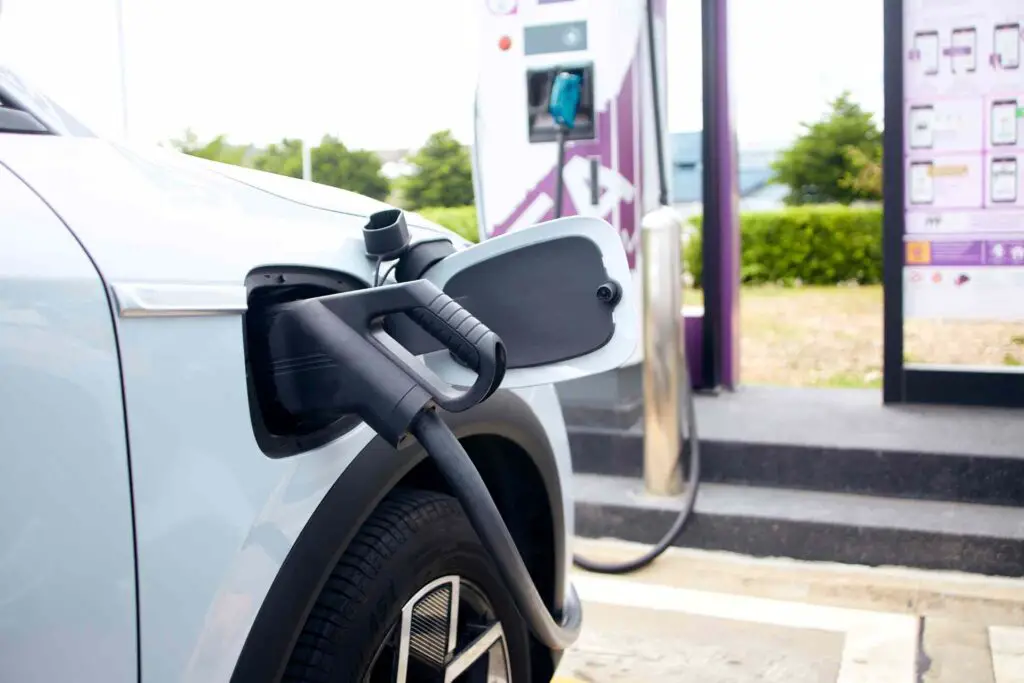
Since they were first introduced, electric car technology has improved tremendously, and there are now many battery and plug-in hybrid electric vehicle possibilities. What are the benefits of electric cars, then, and how do they precisely work?
The internal combustion engine, or ICE, is to be considered the traditional type of vehicle technology. This car’s combustion engine can only be fuelled by petrol. Although the technology is tried-and-true, conventional, and well-known, it consumes a lot of petrol, which can be expensive in several ways.
Describe the electric car drivetrain! In contrast to internal combustion technology, which uses combustion and pressure to move an automobile, electric cars, or EVs, are pushed by electromagnetic energy. These vehicles feature an electric motor, often battery-operated and powered by electricity.
The hybrid electric vehicle was the first EV to hit the market for contemporary cars. The popularity of HEVs like the Toyota Prius and Lexus CT-200-H may be attributed to their high fuel economy levels. These cars included an internal combustion engine, an electric motor, and a small battery to store power.
Though an HEV only uses petrol, the electric motor is powered by the vehicle’s battery. In essence, regenerative braking is responsible for recovering energy utilised to charge the battery.
The PHEV’s noticeably larger battery pack may be charged using the electric vehicle supply equipment or EVSE. As a result, the vehicle can operate in all-electric mode—during which it only uses its electric motor—until the battery is almost fully depleted.
The automobile currently operates in hybrid mode till the tank of petrol is empty. The automobile’s fuel and energy efficiency is increased, tailpipe emissions are decreased, and electricity rather than a petrol engine powers the car.
The latest generation of electric vehicle technology is the battery electric automobile. The only electrical components used in this car’s propulsion are its battery and electric motor. BEVs don’t use petrol; they just require EVSEs to charge. A BEV is the kind of car with the greatest battery. It is also the most energy-efficient and has the fewest tailpipe emissions.
Electric Car Technology Development
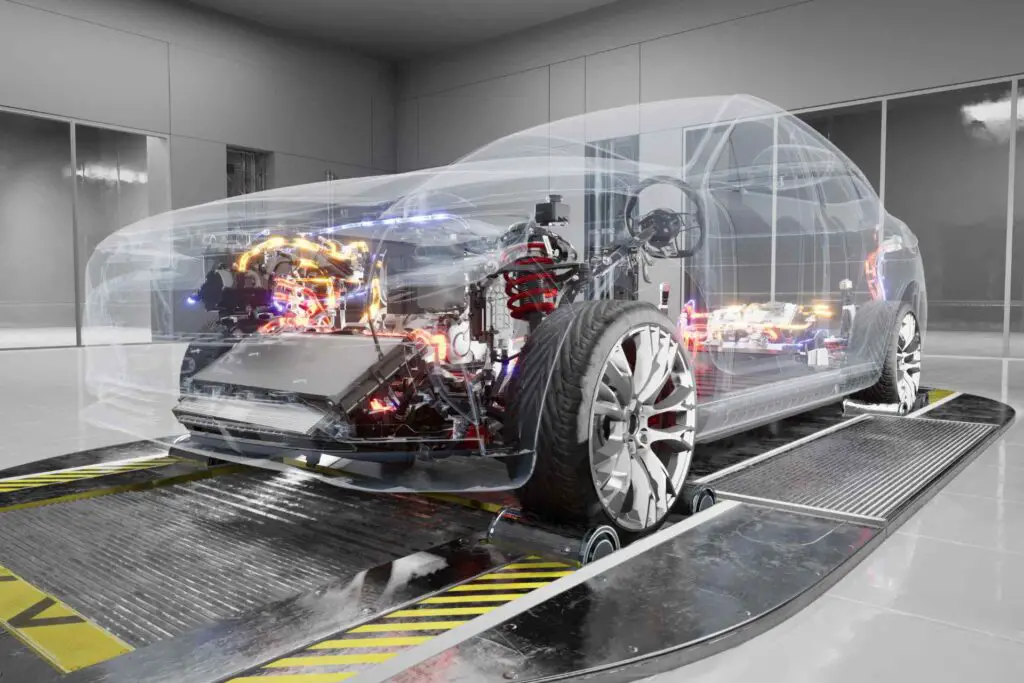
There are now more internal-combustion vehicles on the road, and these vehicles utilize conventional fuels that aren’t renewable, which has an impact on the environment and energy. Thus, several nations have adopted new energy vehicles (NEVs) as substitutes for conventional automobiles to lessen their reliance on oil and the air pollution that they produce. China, the most significant vehicle market in the world, has committed to promoting NEVs to decrease oil imports and consumption.
Germany wants to cut CO2 emissions in Europe by putting one million electric vehicles (EVs) into use by 2020. France and the UK want to stop selling conventional cars domestically by 2040.
Battery Technology of EVs
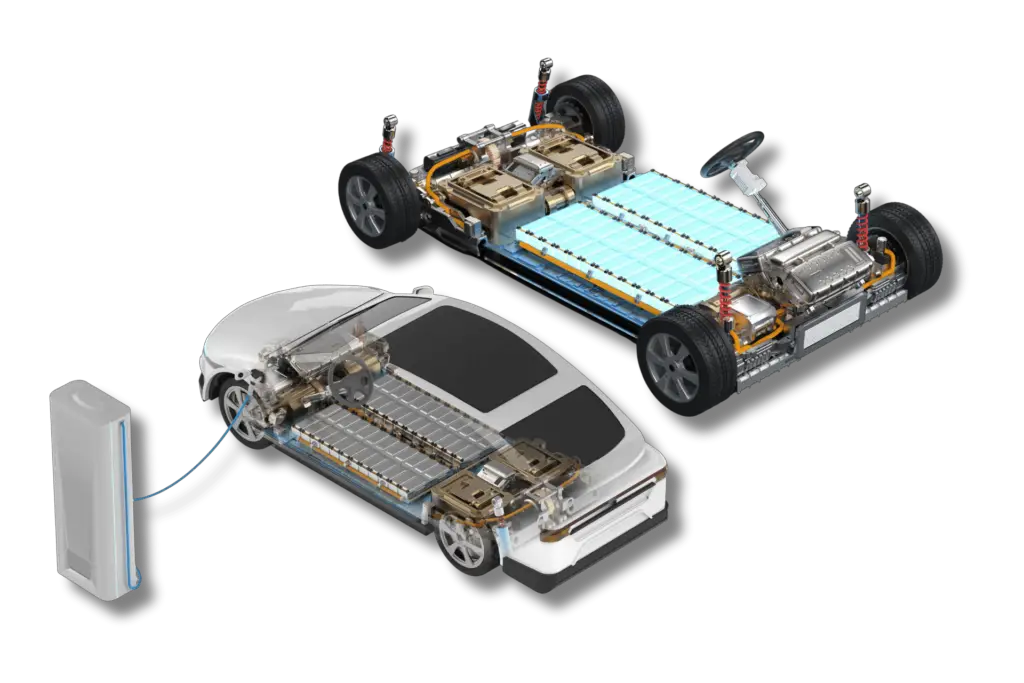
Since traction batteries are needed to power an EV’s propulsion system, the technological development of these batteries has a significant impact on the EV business. A rechargeable lead-acid battery first surfaced and was used in an EV. A growing variety of power battery types have entered the market due to advancements in battery technology.
The specifications for traction batteries have not changed considerably despite advances in battery technology. EV batteries must deliver constant power, unlike starter, lighting, and ignition batteries. A bigger energy capacity is, therefore, crucial. High specific energy, high specific strength, and high energy density are also essential.
Lead-acid batteries, nickel-metal hydride batteries, and lithium-ion batteries are the primary rechargeable batteries now utilized in EVs.
Charging Technology

BEVs also have difficulties with charging in addition to battery capacity. Battery and charging technology are complementary to one another. Blaming technology is essential and plays a significant part in the BEV business to alleviate “range anxiety” in EV drivers. Charging is getting faster and more convenient due to the technology’s rapid growth and widespread adoption.
Battery charging for EVs can be broken down into conductive charging, inductive charging, and battery swapping under various energy transfer modes. Depending on the charging techniques, EVs require various equipment and infrastructure.
Conclusion
Electric vehicles go beyond just a cutting-edge mode of transportation. They are now understood to be a crucial component of the energy transition. The technological, digital, and social aspects of transport and energy infrastructure must change significantly to live up to their promise.


